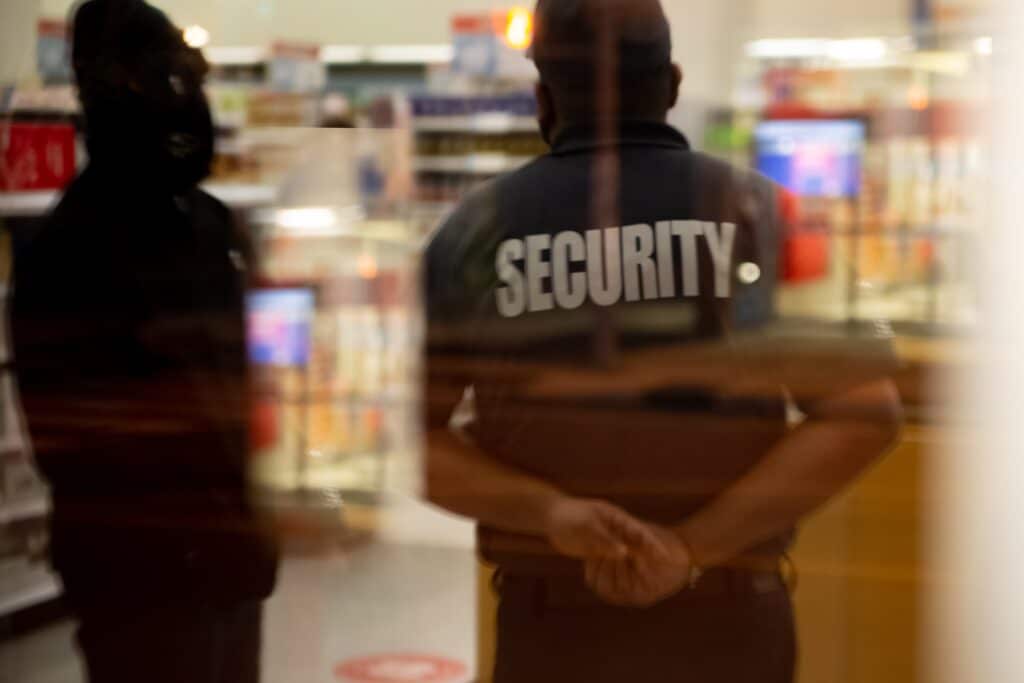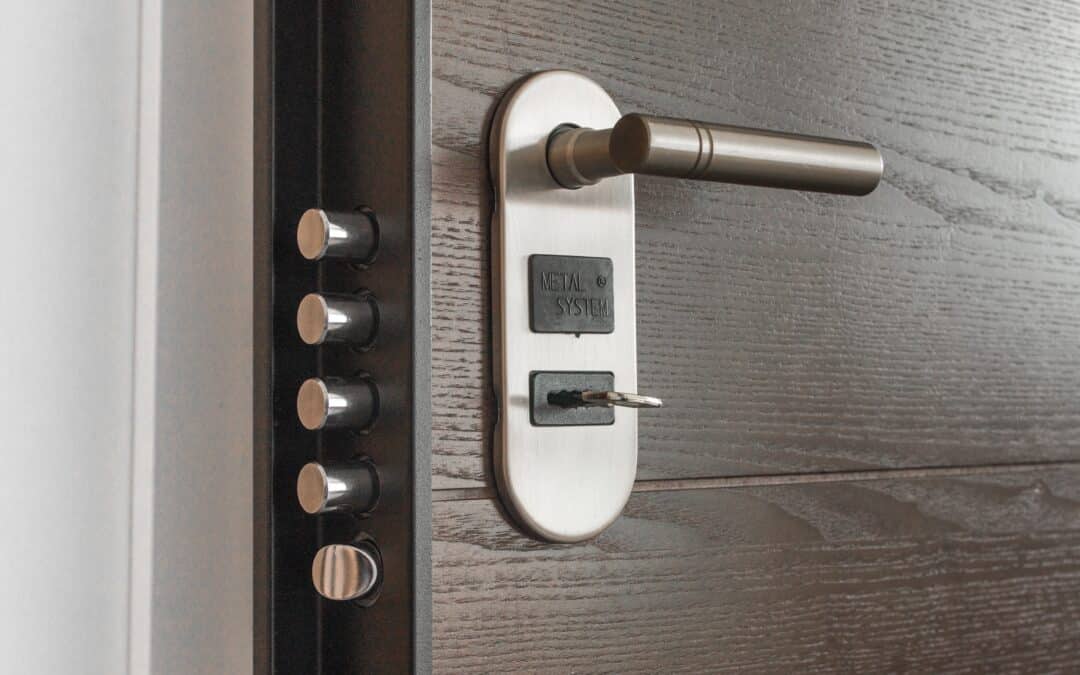In the first part of this mini-series, we covered why doing the bare minimum level of planning and training for your employees to get through the certification process exposed your business to a significant amount of unnecessary risk. A security system doesn’t just include personnel, however – technology has become integral in most modern security systems, as it has for pretty much everything else.
Technology is usually thought of as the ‘easier’ part of the security plan. You buy some cameras, install some locks, and wire up an alarm system, then boom, you’re done.
Unfortunately, things are not that simple. Just like there are about 100,000 different software packages for every other part of your business, there are a huge number of offerings for security systems. While this may not seem like a problem at first, consider how well your PC may run Apple-exclusive software or vice-versa and you may begin to see why many businesses experience significant issues with their new security technology.
To bring it back to ‘why the minimum just isn’t cutting it’, we have noticed many clients who come complaining about poor performance in their security system have pieced it together with devices and software from a number of different companies. This mix-and-match strategy is usually done to cut costs, but oftentimes various solutions are incompatible with each other, causing significant issues for the user and leaving companies with major holes in their security.
A Losing Strategy
Security software suites and hardware are similar to most other enterprise and personal products and pricing can vary greatly. The majority of dispensaries begin as small businesses and can’t afford the bigger, more comprehensive solutions, so they shop around for the items they need to achieve compliance and try to find the best deals they can.
While effective security solutions don’t need to break the bank, finding the cheapest options to squeak by compliance checks leads to significant gaps in protection. It takes a practiced hand to find a mix-and-match solution that can work effectively, and most owners simply lack the necessary experience.
This often means they have a mix of different products for the different parts of their security system. An example would look like: cameras and a VMS (video management software) from Company X, an access control system from Provider Y, and an alarm system from Discount Option Z.
This setup might seem perfect at first glance – it’s cheap, it ticks all the boxes for the compliance tests set up by the local authorities, and it should give your business adequate protection. The problem comes when the system interacts during an incident or even just during normal, day-to-day operations for the business.
These issues are going to make themselves very apparent very quickly. Employees will need to be able to navigate each system in order to even access the building, let alone perform their normal duties. You will need to train them on how to use keycards or FOBs, proper procedure for securing access devices, and even just making sure doors that aren’t being used remain closed at all times. It’s pretty shocking how often that last point is ignored.

After that comes training for the alarm system, including proper disabling, re-enabling, and triggering during emergency situations. Once that’s done, we get into the VMS, which adds yet another complication into the mix.
Many of these technologies are meant to be used together – your VMS, security cameras and access control should work together to ensure you know exactly who is coming into your building and when. When your system is stitched together with the products from a number of different companies, you can easily lose this synergy and make the whole system far less efficient.
This lack of efficiency is usually just somewhat annoying. In an emergency situation, however, it can mean the difference between your business being robbed or worse, an injury to your staff or customers. Bottom of the barrel solutions for any one aspect of the security system might mean short term savings but be a very costly decision down the road.
A Matter of Perspective
Solid, effective security plans and solutions don’t need to be ruinously expensive. When done correctly, they can be a medium-sized investment that will save your business thousands, if not tens of thousands of dollars down the road.
You can think of it sort of like an insurance policy – you may be forced to have it, but it also provides major benefits if things do go wrong. Security’s similarities to insurance don’t end there – when purchasing the various types of plans that are needed to keep you covered, you often turn to brokerages and professionals that can get you the policies that best fit your needs.
In the world of security, firms like CCSS provide a similarly customized solution to your cannabis business’s security needs. They analyze your environment, staff, and your budget to give you a tailored security plan that both passes local and state compliance requirements and provides you with an airtight system whose component pieces work together like clockwork.


Recent Comments